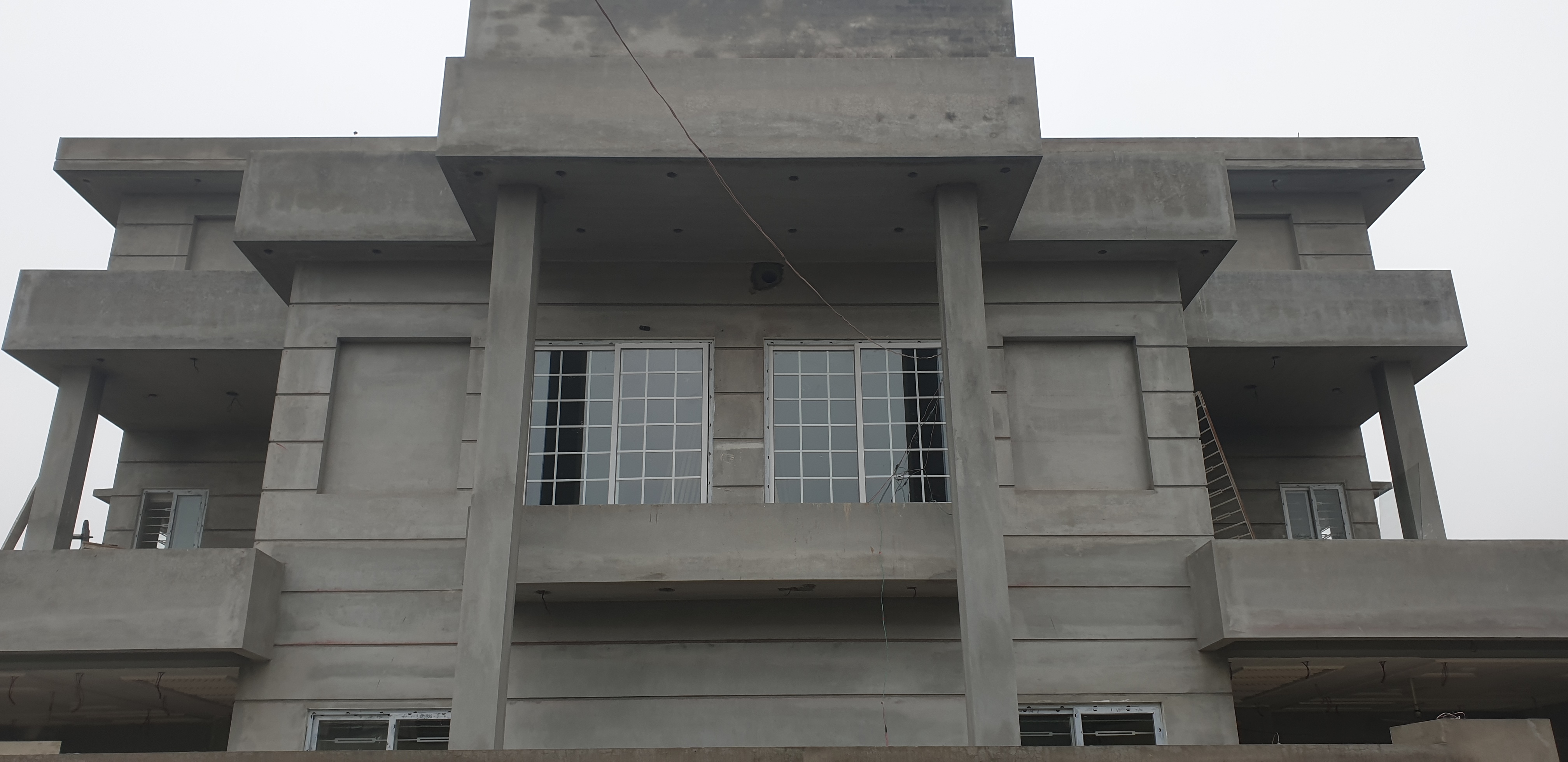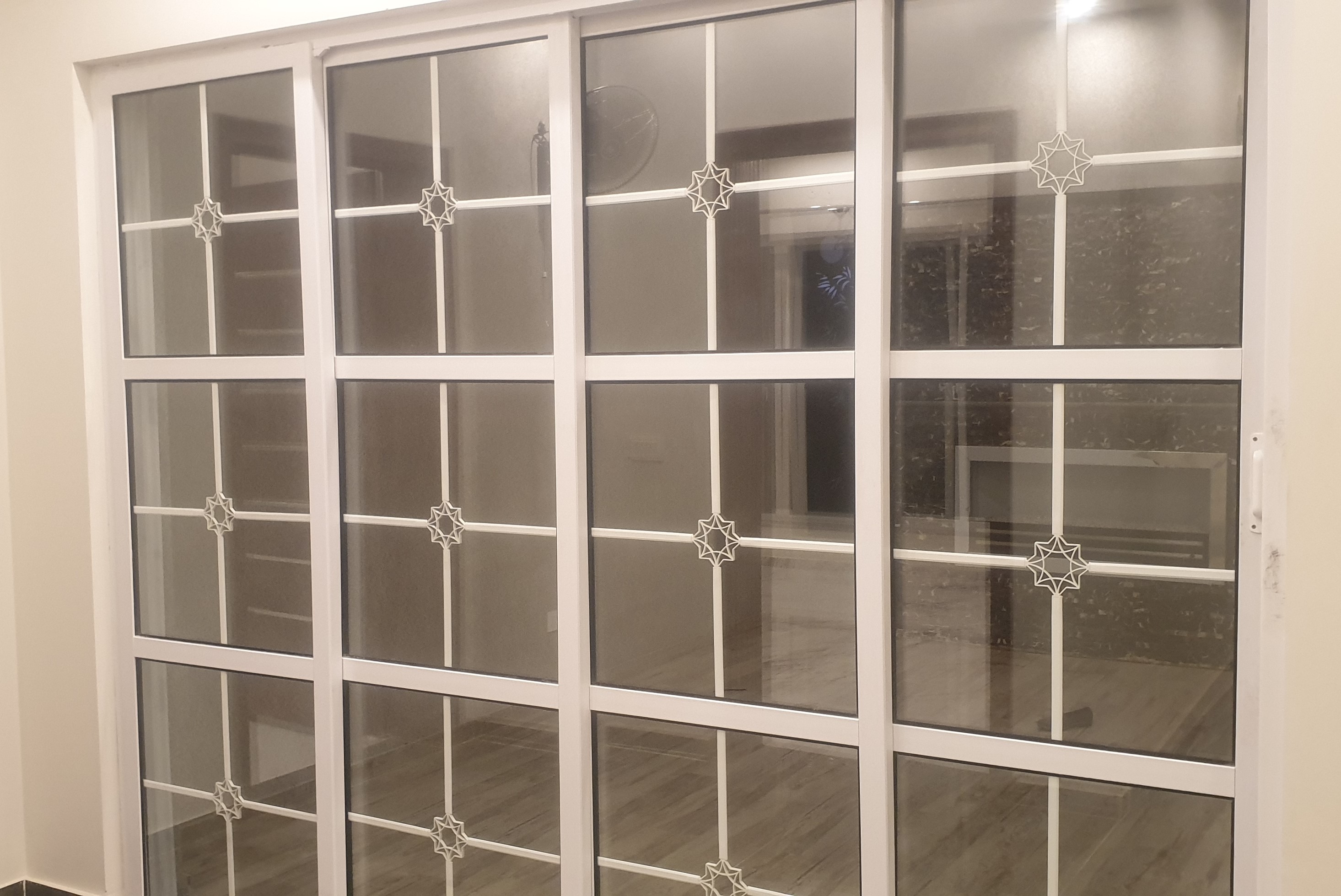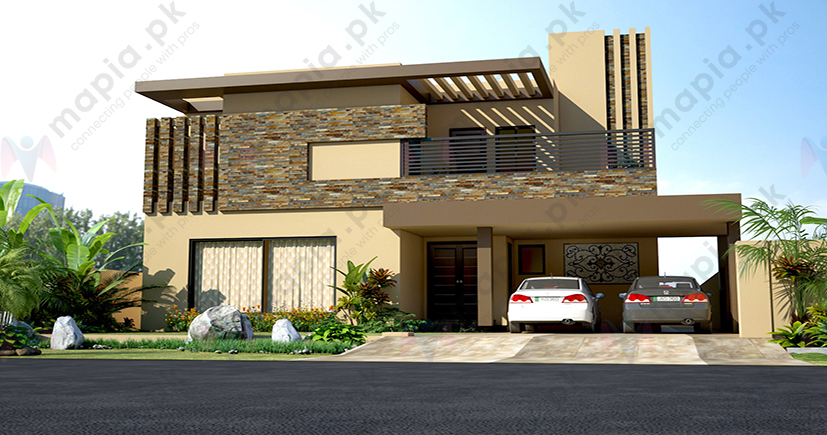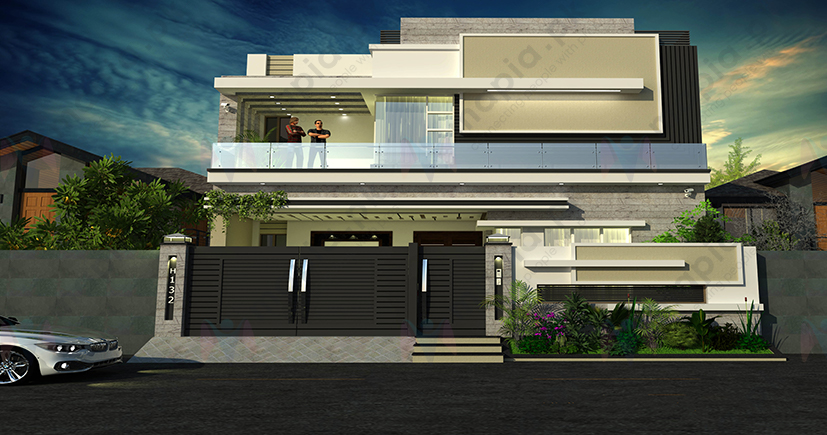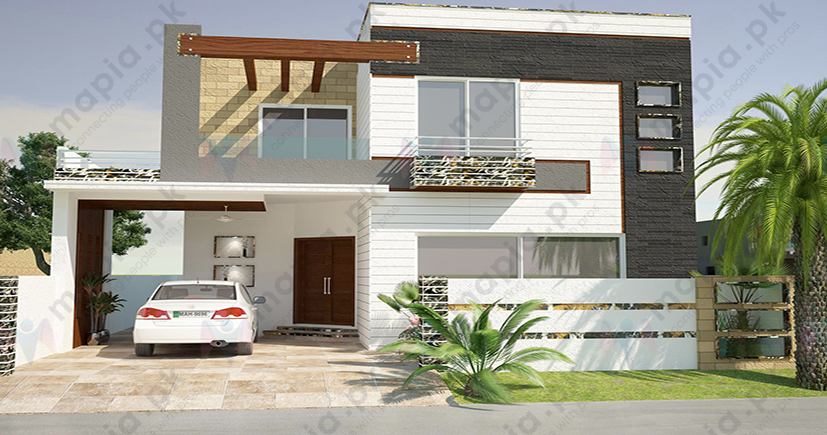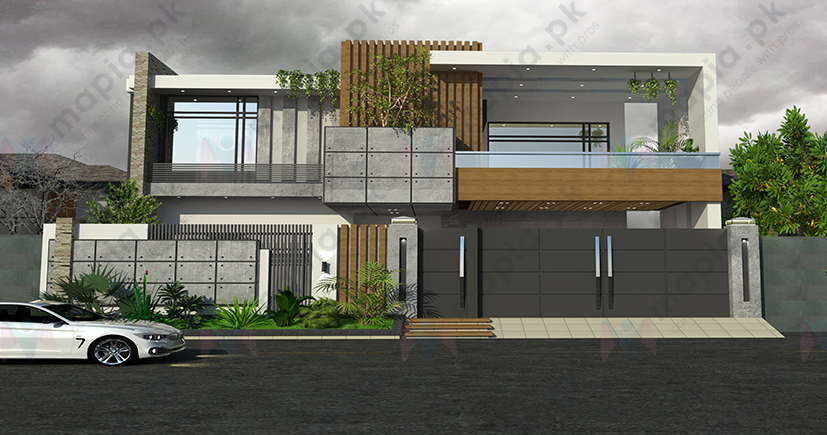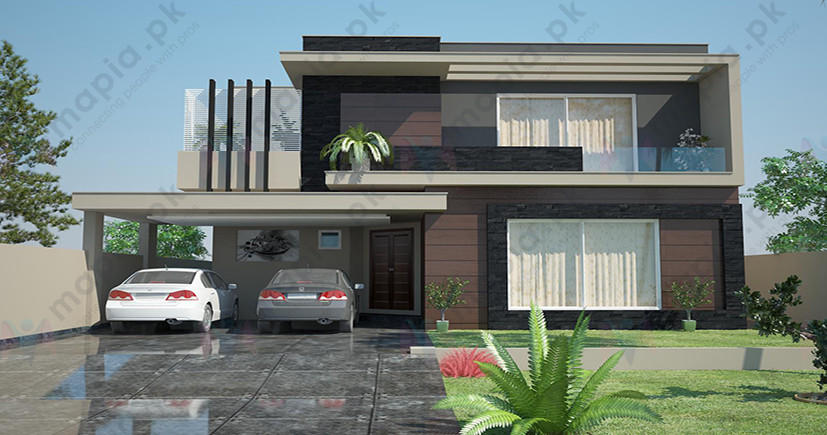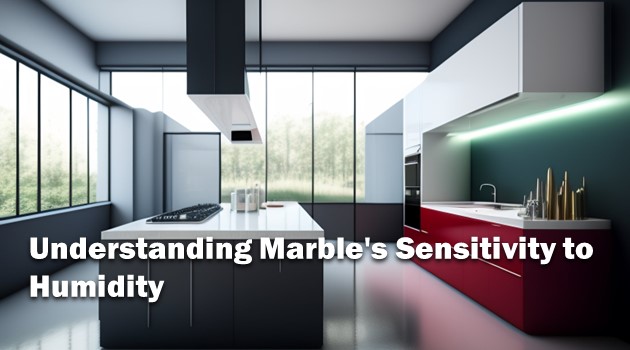Architectural and Engineering Glossary
F
A concrete containing a large proportion of mortar.
A thick paint film on the edges of woodwork, moldings,or other painted surfaces having sharp external angles.
1.pure lime (or at least 98% pure lime).2.Lime putty having a good spread;used to fill voids in the finish coat as it is applied and troweled.
Mortar containing a high percentage of cementitious compounds;sticky,adheres to a trowel.
Sand containing a high proportion of clay.
A thick place in bituminous paving.
Premium Product & Services
Best products and services from our partners
The progressive structural change occurring in a localized area of a metal subjected to conditions of repeated cyclic stresses and strains considerably below the ultimate tensile strength;may result in cracks or complete fracture.
The rupture of a material as a result of being subjected to repeated loadings at a stress substantially less than its strength under static conditions.
The number of cycles of loading of a specified character that a given specimen of material can sustain before failure occurs;a measure of the useful life of the material.
A measure of the ability of a material or structural element to carry a load without failure when the loading is repeated a definite number of times.
The thickening of paint in a partially filled can after standing for a period of time.
Paint which has thickened because of oxidation and polymerization of the drying oil vehicle during storage.
In the Roman house,passageways from the street to the atrium,or from the atrium to the peristyle.
In plumbing,a projection on a bell,2 which serves as a means of mechanical attachment.
A water outlet valve;also called a cock.
A defect in the insulation or conductive capability of any component or device in an electric circuit,resulting in an interruption of current flow or in an unintended path of current flow of abnormal magnitude.
An electrical current that flows from one conductor to ground (or to another conductor) because of an abnormal connection between the two.
The differential vertical displacement of slabs or members which are adjacent to a joint or crack.
In the Middle Ages,a secondary fortification;usually consists of a continuous rampart and parapet placed in front of the main rampart.
Same as false woodgraining;found, for example,in French Vernacular architecture.
Hand-painted wood columns that appear to be marble.
In ancient Rome,a crypt,cellar,or underground treasury.
A tile or slab of marble cut into a hexagonal shape,so as to produce a honeycomb pattern in pavements.
In welding,that surface of a member which is in contact with,or in close proximity to,another member to which it is to be joined.
.Early nomenclature for a timber framed house.2.See frame house.
In the lumber industry,abbr.for “foot board measure.”
Abbr. for footcandle.
Abbr. for “floor drain.”
Abbr. for “fire-department connection.”
On drawings,abbr.for foundation.
Abbr.for fire escape.
Abbr. for “Federal Energy Administration.”
A detailed investigation and analysis conducted to determine the financial,economic,technical,or other advisability of a proposed project.
1.In joinery,a projection (tongue) on the edge of a board which fits into the groove of another board,as in a tongue and groove.Also called a spline.2.To produce a featheredge.
A type of siding in which the edge of one board overlaps a small part of the board below it.
Crotch veneer having a feathery grain pattern.
A joint between two closely fitting boards which have been squared and butted against each other;a groove is cut along the length of each board in which a common tongue is fitted.
The thin,flimsy tip of a manufactured wood shake,usually uneven or with broken corners,usually caused by improper sawing of the shake.
Same as cross tongue.
An edge of a surface,surface coating,or surface film,which tapers away in fineness.featheredge board A board made thin on one edge,to overlap a part of the one next to it; alsocalled a clapboard.
Same as arch brick.
A metal or wood straight edge for working plaster;used for straightening angles.Usually about 2 to 6 ft (0.6 to 1.8 m) long,with a tapered edge.Abbr.for “forced-draft blower.”
wedge coping Coping that slopes in only one direction (not ridged or gabled).
Of a gypsum board,the paper bound edge which provides special design or performance.
Abbr. for “Federal Specification.”
An agency of the government of the US.which insures loans made by private lending institutions for the purchase,rehabilitation,or construction of housing on private property.
The quasiprivate corporation chartered by the US government that functions as a secondary mortgage market for private residences.
A loose term denoting American architecture, primarily from about 1870 to 1970, that reuses aspects of, and attempts to emulate, the earlier Federal style.
An architectural style in the postcolonial era in America,from about 1780 to 1820 and beyond; noted for its clarity of form, simplicity,restraint, and subtle use of color,as well as its delicacy and lightness in detailing;greatly influenced by the work of Robert Adam (see Adam style).Buildings in this style are usually characterized by:a symmetric façade,often with a giant entrance por- tico (sometimes domed); commonly,brick construction with a Flemish bond pattern and thin mortar joints, or clapboard over timber framing with corner boards;a belt course between the terms Federal style and Adam style,as applied in the American colonies,because of their strong similarities.
Remuneration for professional work.


